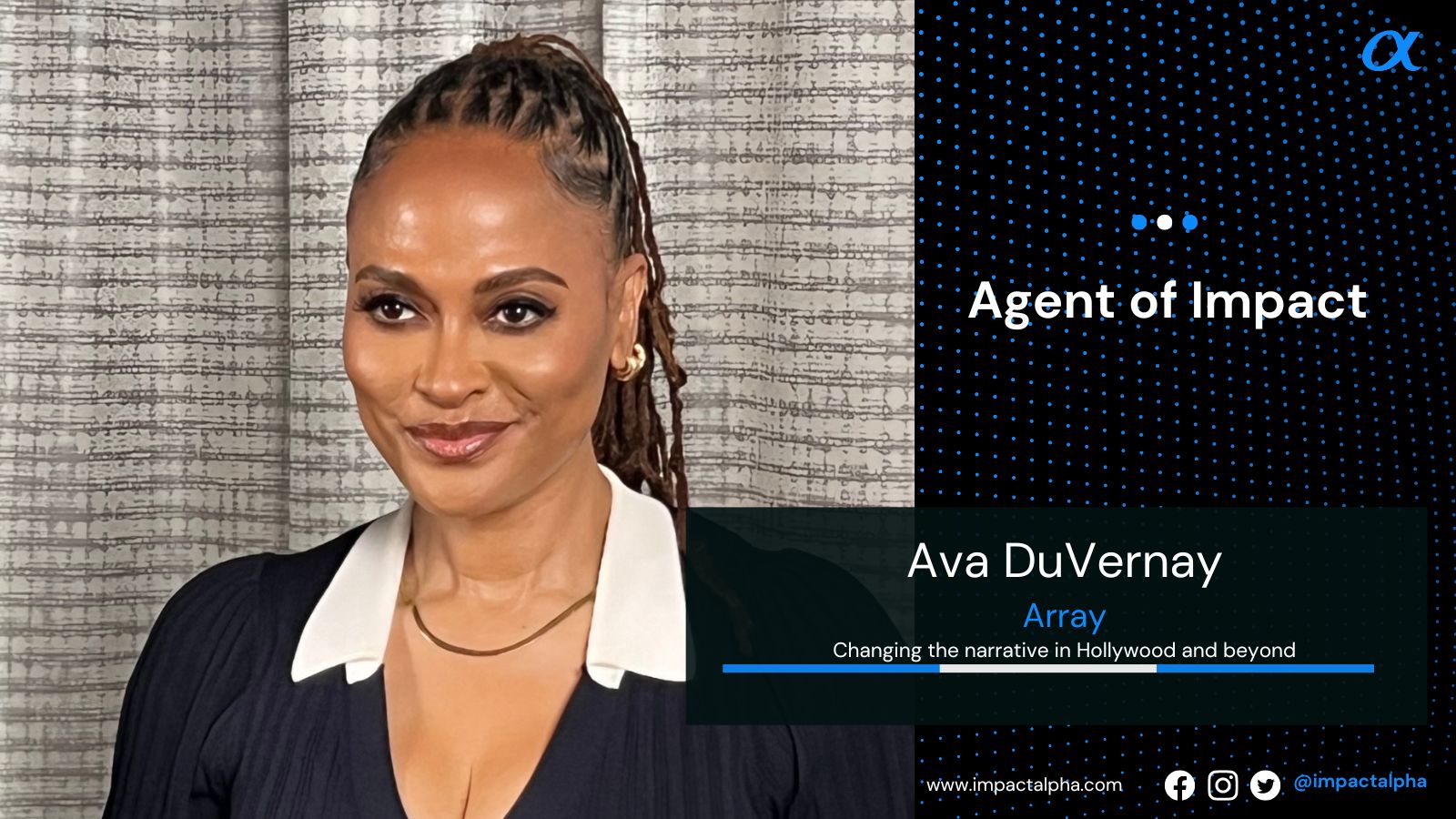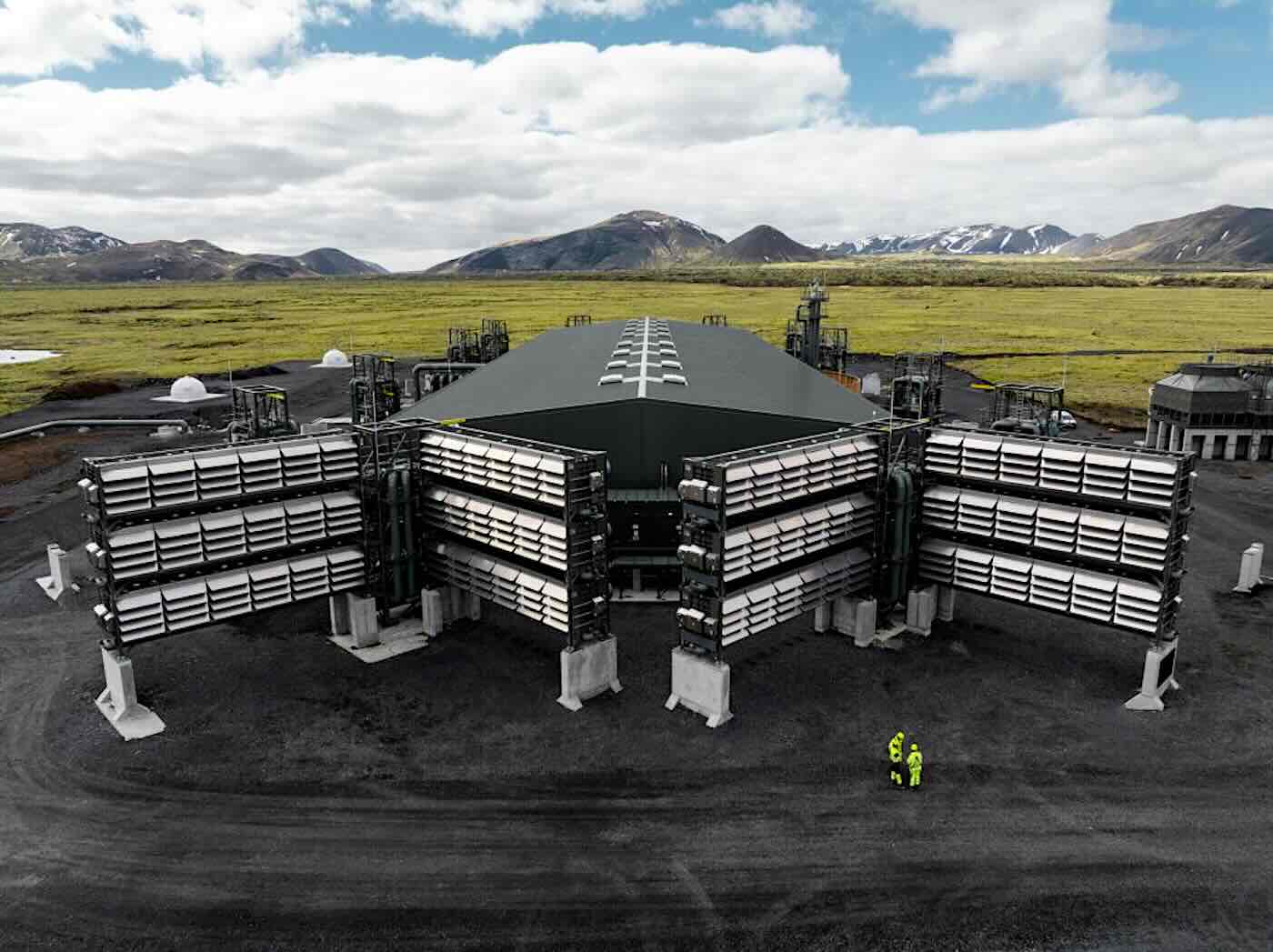Consider this: The $400 billion in private capital that is needed annually for large-scale conservation, according to Credit Suisse and McKinsey & Co., is eight times even the more generous current estimates of total conservation financing.
Conservation practitioners and investment experts gathered last month at the New York City office of Credit Suisse to explore how to bridge that gap and meet the conservation objectives of the U.N.’s 2030 Sustainable Development Goals. Here are some key insights from the conversation.
1. Local and artisanal projects may have to transition toward simple, commercial and “boring” solutions. More investors and institutions are moving toward conservation investments. However, there is a need for “boring” projects that fit easily into portfolios. Also needed: innovations that are straightforward to implement, transferable to other locations and contexts, and easy to scale (see, “Making Nature Pay: Bankers Work to Finance Conservation at Scale“).
The tradeoff: innovation and ingenuity are needed to preserve values and traditions inherent to small investments in community projects.
2. Capital is not the problem. We need more projects. According to a report last year, “State of Private Investment in Conservation,” private capital committed had reached a new high of $8.2 billion, but investors were still looking for deals, with a reported $3.1 billion undeployed at the end of 2015.
Kevin Smith, vice president at Goldman Sachs’ Environmental Markets Group, said project developers must bring more attractive and investable projects to the table. Smith said well-conceived projects have three crucial factors in place. First, a clear understanding of the local context where the project will be developed. Second, an agreed-upon set of goals and outcomes. And third, a strategic plan with defined interventions and metrics that enable developers to achieve and track the accomplishment and impact of those goals.
3. Aligning with the Sustainable Development Goals (SDGs) is crucial. The 17 SDGs adopted in 2015 provide a common framework that allows the private sector to focus its efforts and support governments in tackling the most pressing global development challenges. As investors are looking for products that are aligned with the SDGs, linking conservation outcomes to the delivery of these goals is a good strategy for scaling up investments in natural systems.
The connections are evident, especially with the SDGs directly related to natural resources such as Clean Water and Sanitation (SDG No. 6), Sustainable Cities and Communities (No. 11), Life below Water (No. 14), and Life on Land (No. 15).
It is time to start thinking more holistically and to not silo sustainability efforts. Integrating SDGs into the overall design and planning of projects across sectors leverages these goals and amplifies them.
4. Disclosure, transparency and validation can mitigate risks. Information plays a fundamental role allowing investors to feel more comfortable when making decisions. Transparency and validation are fundamental to building trust and credibility. As Tanja Havemann, director and founder of Clarmondial, said: “There is a huge amount of information that could be relevant for investment-making but is not being used by the investors.”
The DC Water Environmental Bond, which links financial returns with environmental performance, is a perfect example of this. Catherine Godschalk, vice president of investments at Calvert Foundation, said there were two main reasons for the bond’s success.
First, the investors had a clear understanding of the confidence interval or range of values in which their returns would reside. The bond had three performance tiers. There was a 95-percent likelihood that the outcomes were going to be the ones investors expected.
Second, the project’s positive environmental outcomes were technically analyzed and validated by third-party experts and hydrologists.
5. Green finance can align the financial system with sustainable development. Alignment of the financial system with environmental and social outcomes is starting to gain momentum, as the G20 announced its commitment to address issues related to green finance in 2016.
The development of a green finance agenda includes the creation of the Green Finance Study Group to “identify institutional and market barriers to green finance” and to develop options in different countries to enhance the ability of the financial system to mobilize private capital for green investment. Several countries have already integrated green financing measures in their capital markets, highlighting the role of policy in regulating and supporting these emerging market opportunities.
China’s issuance of green bonds in 2016 is one example. According to the China Green Bond Market 2016 report, green bonds play a fundamental role in mobilizing resources to address the country’s main environmental challenges. Since the publication of regulations for green bond issuance by the People’s Bank of China in 2015, the market surged from “almost zero to $36.2 billion USD, accounting for 39 percent of global issuance in 2016.”
6. New stakeholders can catalyze results and strengthen outcomes. One of the most intriguing takeaways of the day was provided by Paul Tregidgo, former managing director and vice chairman of Credit Suisse’s debt capital markets business. Closing the conference, Tregidgo said he was astonished by the momentum in conservation finance. But, he said he was surprised the diversity of stakeholders wasn’t wider. “I don’t see mobile phones and tech companies in this room. Why?” He said mobile and tech companies have a huge role to play in financial inclusion and international development.
It is time to engage a wider audience and start thinking from a holistic perspective. As Sylvia Wisniwski, managing director at Finance in Motion, said: “We need to have a broader network of partners in crime to bring more businesses to fruition.”
7. Standards and metrics empower investors and help demonstrate results. Impact investors’ willingness to engage with development goals and conservation outcomes is based on their intention to generate social and environmental impact.
But are they really seeing the impact they are generating? There is still a long way to go to ensure proper tools and metrics are available to track conservation outcomes. The truth is: the majority of investors are not yet tangibly seeing the impact of their investments.
Practitioners and experts agree that impact is sometimes subjective and difficult to measure. However, as Conservation Finance Network reported last year, organizations like the Global Impact Investing Network have made frameworks like IRIS – a free catalogue of metrics for sectors such as agriculture, energy, environment, water and land conservation – available to the investing community.
The collective adoption and consolidation of a catalogue, in conjunction with the invitation of mobile phones and technology companies, would allow data to be measured, conveyed and reported in a more consistent and strategic way.
8. Collaboration and information sharing are key for replication. Transferability and replication will enable further growth in the field. However, for this to happen, it is critical to promote collaborative work and incentivize knowledge-sharing about best practices and lessons learned.
For example, the DC water bond “was created so it could be repeated and copied,” noted David Chen, principal and chairman of Equilibrium Capitalin his closing remarks. “Everything was done and put in the public domain with the objective to drive things to mainstream.”
Still, the success of a project hinges on how even the most replicable designs are applied in the local context. Are bonds “going to be the tool for every situation? Probably not,” said Eric Letsinger, CEO of Quantified Ventures.
9. Capital is the seed of conservation finance and can be spread around the world. Organizations like Althelia Ecosphere, Clarmondial, Finance in Motion, Mirova, and Quintanilla & Busel Niedmann (QBN) are generating valuable lessons for scaling up conservation finance outside the United States.
One good example is the Real Right of Conservation in Chile. Established in June 2016 by the Ministry of Environment, the Real Right of Conservation is a new legal instrument to formalize and incentivize the conservation of private land. Equivalent to the creation of conservation easements in the United States, the measure was set forth to complement the government’s efforts to protect and preserve Chile’s natural capital.
The implementation is in its first stage. According to Daniela Martinez, partner at QBN, a Chilean law firm, there is a long road ahead full of challenges. Among these, she highlighted the lack of incentives such as tax deductions, a small and undeveloped community of land trusts, and the opposition from the extractive sector.
“The main challenge is that it might go unused if there are no incentives and information available,” Martinez said.
In sum, there are reasons for cautious optimism. Conservation finance has a long way to make a meaningful private-capital contribution toward meeting the SDGs. Yet we are at a crucial juncture where mounting environmental challenges are being met by the growing appetite to solve them.
The field is reaching a stage of maturity where people understand what they can achieve, whom they must be working with, what incentives are needed, and what risk they are willing to bear.
The conservation finance gathering in New York event provided a roadmap for expansion. Conservation investors know more clearly than ever what needs to be done.
[seperator style=”style1″]Disclosure[/seperator]
This article was produced in collaboration with the Yale Center for Business and the Environment and the Conservation Finance Network.
Photo credit: NASA











